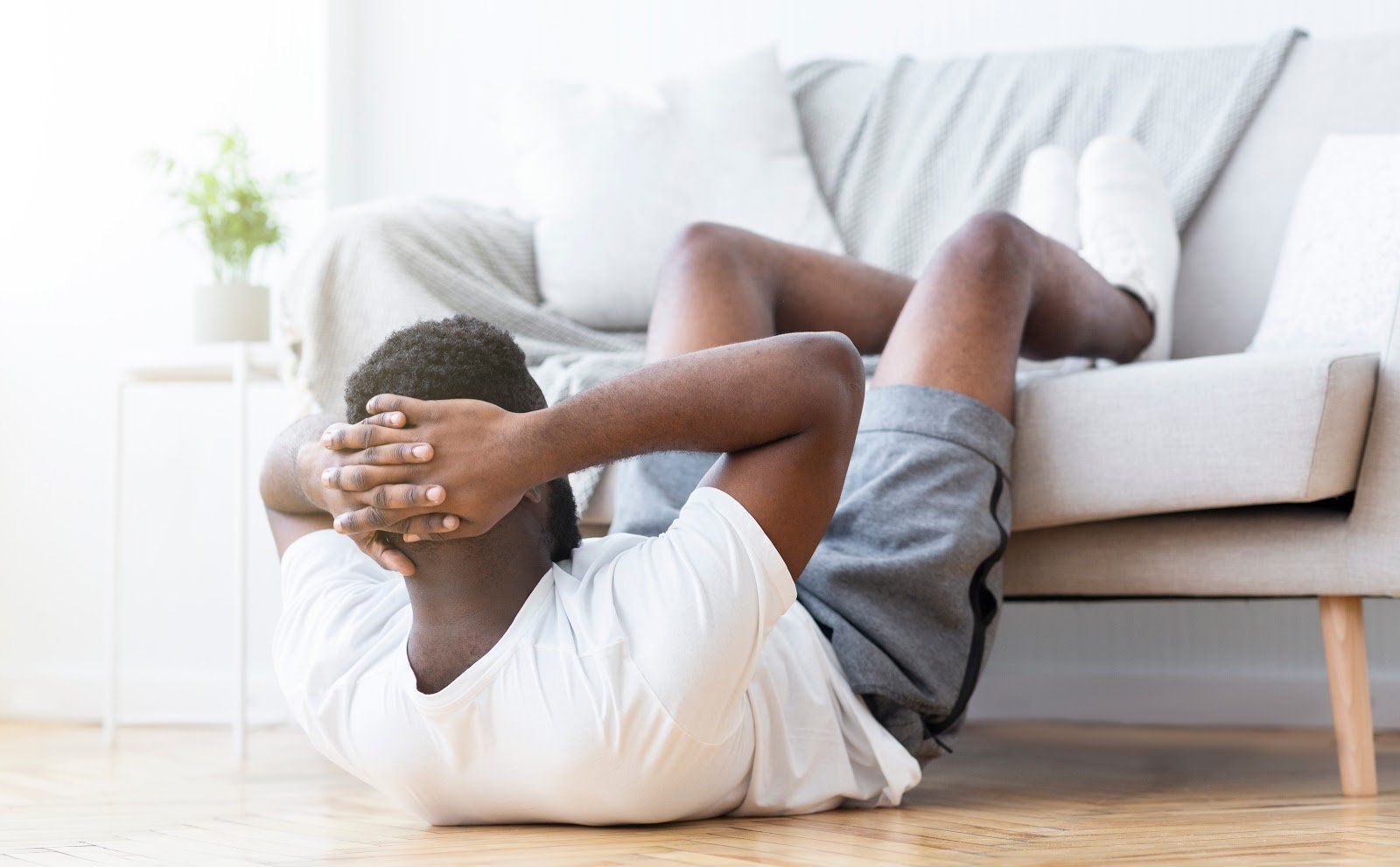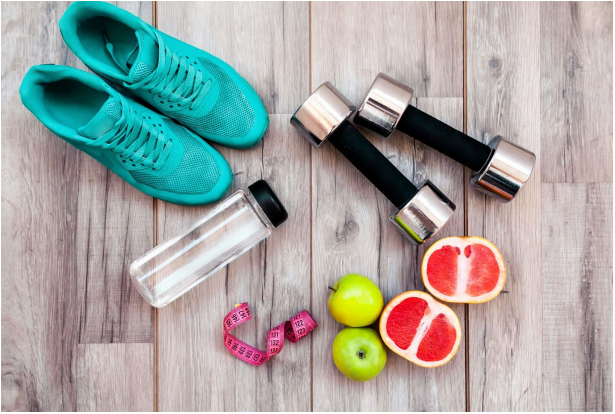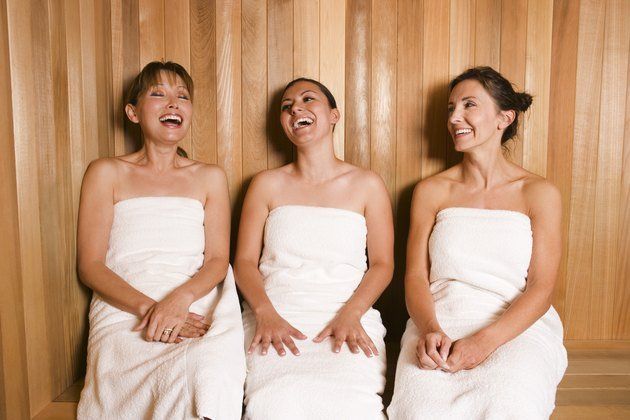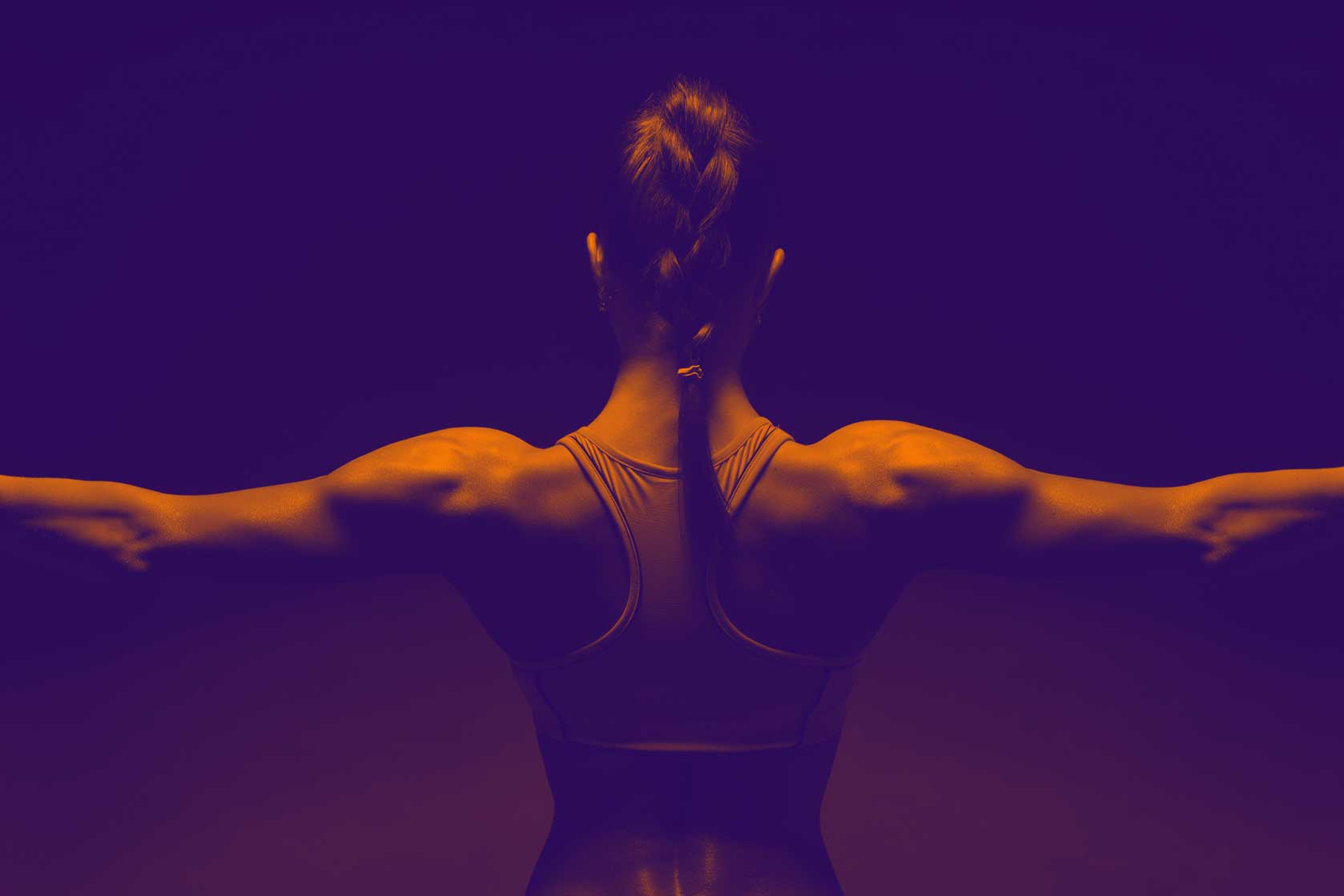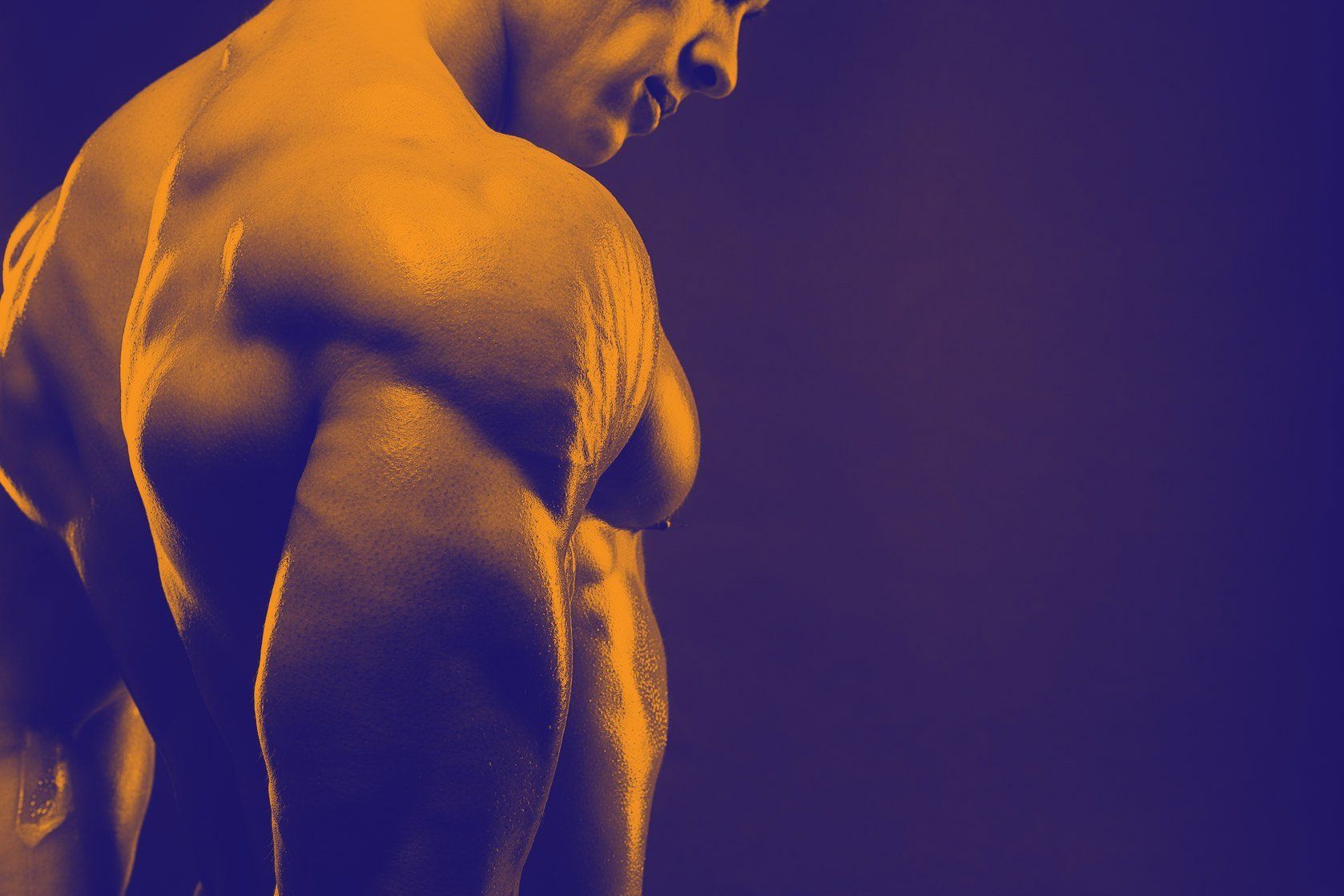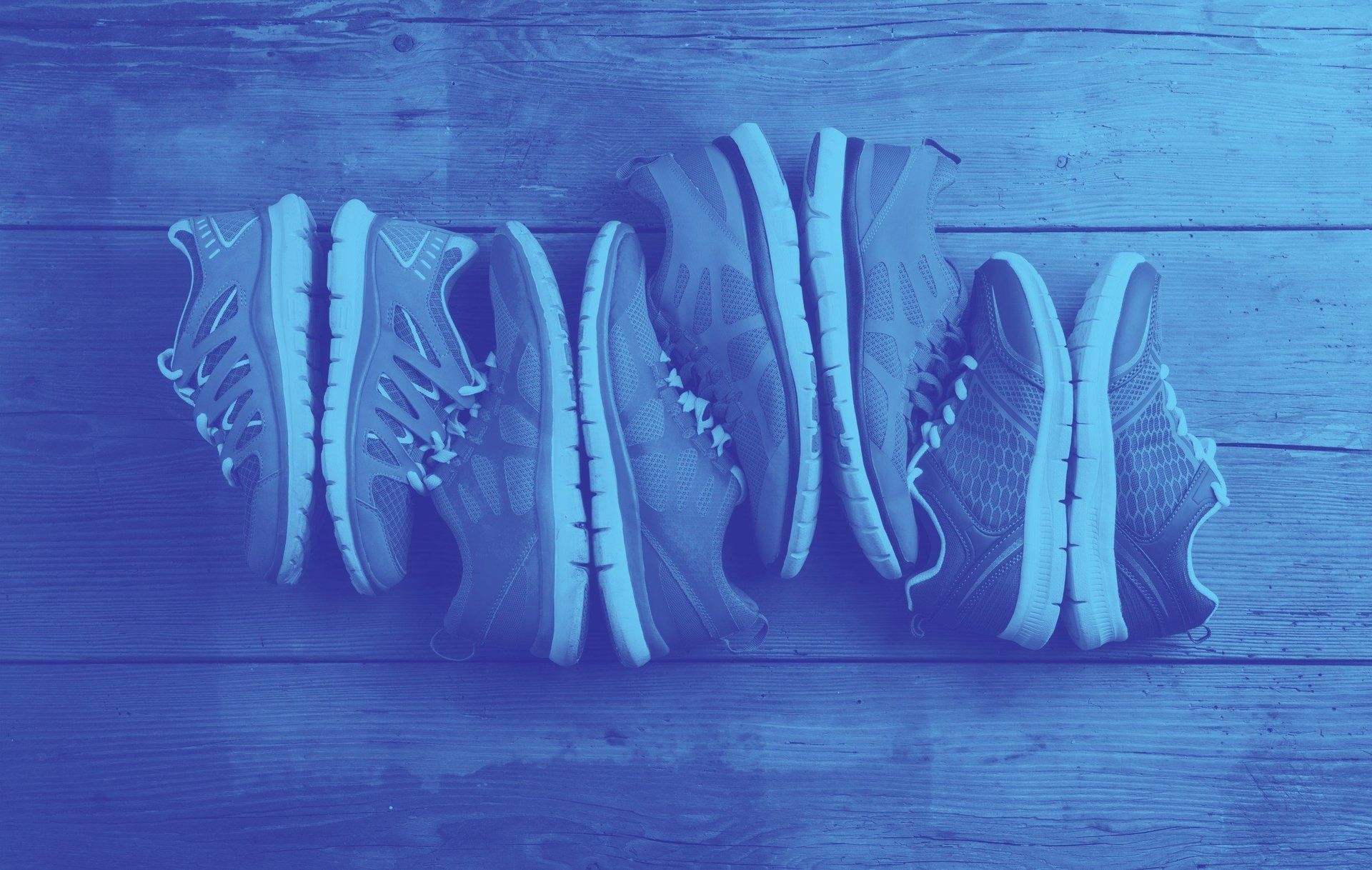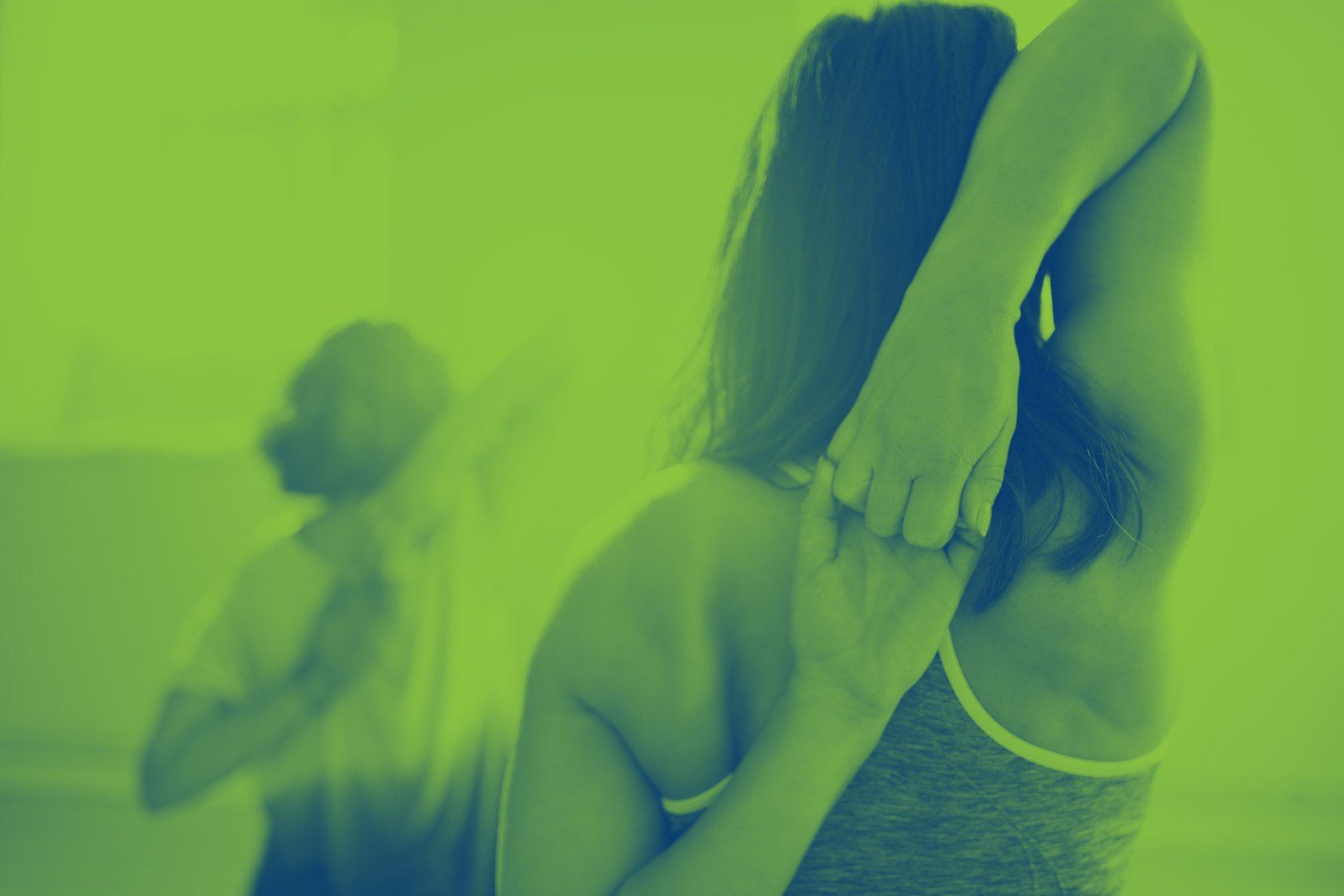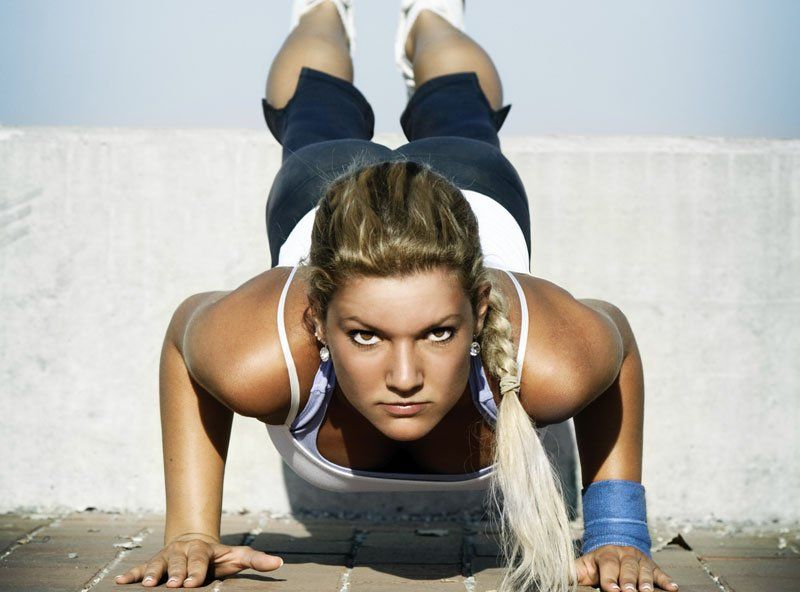Benefits of Working Out With a Friend
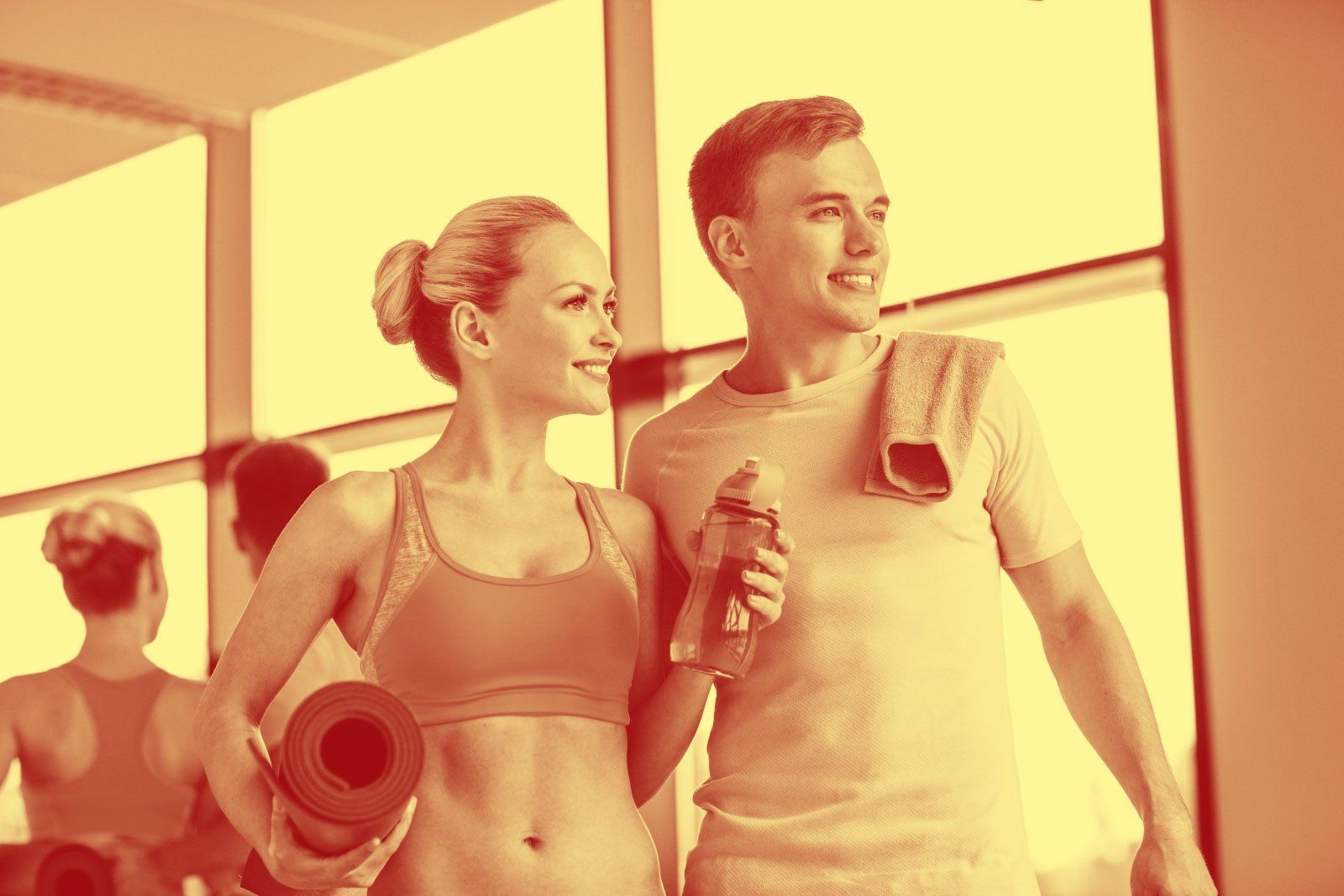
More fun
One of the key elements to forming a habit is making it fun. And one of the easiest ways to make fitness fun is to do it with others. There’s research to back this up too – scientists from the University of Southern California found that people who worked out with friends said they enjoyed it more than those who worked out alone.
More competitive
Like we said at the start, curiosity leads to friendly competitiveness when it comes to fitness. Bring a friend to the gym and before long you’ll be pushing each other to perform that extra rep, select a bigger weight, and, quite possibly, go the extra mile as you compete against each other.
Learn more
The more you workout the more you’ll discover what works for you – what we like to call the shortcuts to success. Did you know there’s a shortcut to discovering the shortcuts to success? Sharing your top tips on exercising, fitness and healthy recipes with friends as you workout means you’ll learn twice as much in half the time.
Spotting each other
When you’re giving your all performing reps, it can be easy to lose count. Was that nine or ten? Well, working out with a friend eliminates that problem as your buddy can keep count for you, and vice versa. You can also keep an eye on each other’s form to ensure you’re getting the most from each and every rep.
Save money
Let’s count the ways you can save money by working out with a friend: 1) You’ll save money on petrol by driving to and from the gym together. 2) You can split the cost of a Personal Trainer by booking group sessions.
Fewer skipped workouts
Researchers at the Department of Kinesiology at Indiana University found that 43% of married couples who worked out separately gave up on their gym memberships altogether within a year. However, of the married couples who worked out together, only 6.3% gave up on their gym membership within twelve months. Need we say more?!
Workout for longer
According to research, gym goers who workout with friends spend at least six more minutes exercising than solo sports enthusiasts, and burn an extra 40 calories per session.
Recover together
As every avid gym goer knows, recovery sessions are as important as the workouts. So once you’ve finished workout out with your friend, keep the socialising going by grabbing a protein shake, popping out for some food or relaxing in front of a movie together. Well, you’ve both earned it!
